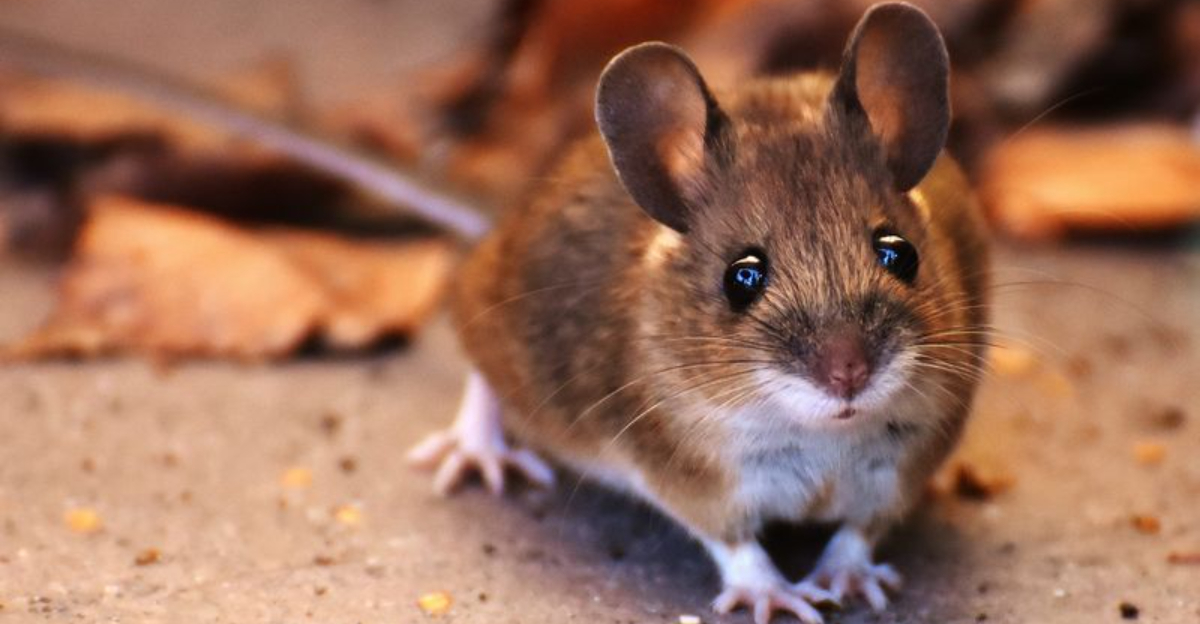In the animal kingdom, hearing is a vital sense that aids in survival, communication, and navigation. Some animals have developed extraordinarily sensitive hearing capabilities, allowing them to detect sounds that are imperceptible to humans.
Let’s explore together such incredible creatures with super-sensitive hearing abilities and delves into how these extraordinary skills benefit them in their natural habitats.
1. Greater Wax Moth

The Greater Wax Moth has the most acute hearing in the animal kingdom, capable of detecting frequencies up to 300 kHz. This ability surpasses even bats, which use echolocation to catch prey. Researchers believe that this moth’s hearing is an evolutionary adaptation to avoid predation by bats.
Its ears are located on its thorax, a unique placement that plays a crucial role in its auditory sensitivity. This placement enables the moth to detect the ultrasonic calls of hunting bats and perform evasive maneuvers to escape.
In addition to avoiding predators, the moth’s exceptional hearing aids in communication during mating rituals. Males produce ultrasonic signals, which females detect, allowing for successful mating in the dark. The Greater Wax Moth’s hearing prowess is a fascinating example of evolutionary adaptation in response to ecological pressures.
2. Barn Owl
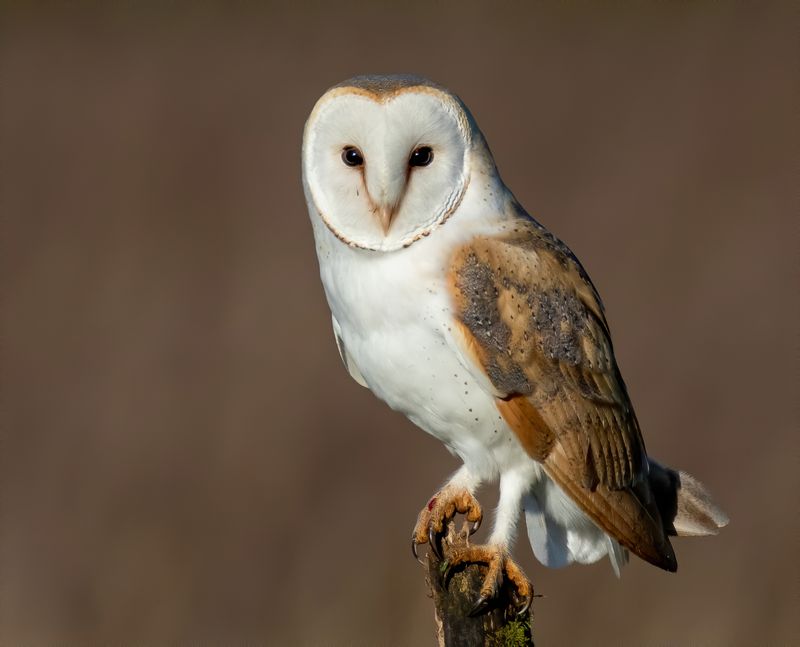
Silent flight and incredible hearing define the hunting strategy of the Barn Owl. Its heart-shaped facial disc functions like a radar dish, directing sound to its ears, which are placed asymmetrically on its head. This unique ear placement allows the owl to pinpoint the location of sounds in three dimensions.
The Barn Owl can catch prey in complete darkness by relying solely on its hearing ability. It listens for the faint rustle of rodents in the underbrush and strikes with impressive accuracy.
Its hearing is so fine-tuned that it can detect the subtle movements of a mouse beneath a layer of snow, making it one of the most efficient nocturnal predators. The Barn Owl’s ability to hunt using sound alone demonstrates the incredible power of its auditory system.
3. Elephant
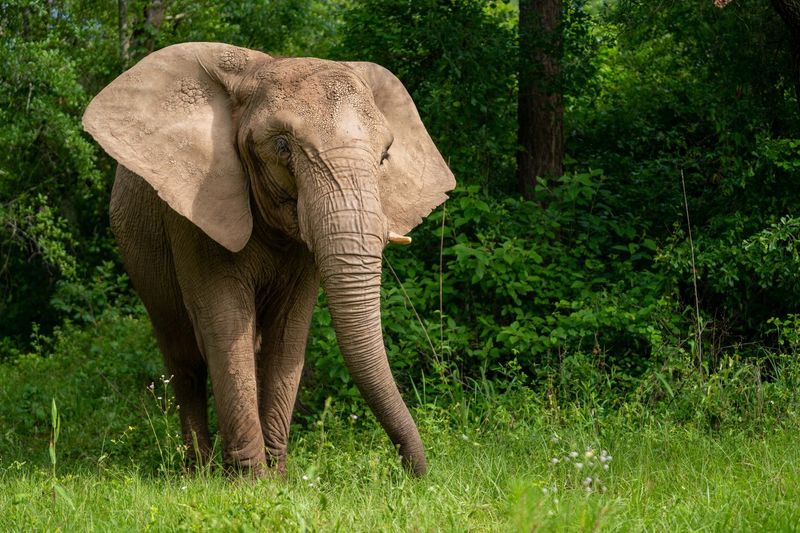
Elephants are known for their massive ears, which are not just for cooling. These majestic animals possess remarkable hearing abilities, capable of detecting low-frequency sounds known as infrasound. This ability allows them to communicate over long distances, which is vital for coordinating movements and social interactions within herds.
Infrasound travels vast distances and can be used to warn others of danger or signal the presence of water sources. Elephants use their sensitive hearing to maintain bonds with distant family members, creating a cohesive group dynamic.
Their hearing is also essential for detecting approaching predators and understanding environmental changes, such as distant thunderstorms. The combination of large ears and sensitive hearing makes elephants incredibly adept at understanding their environment. This sensory ability plays a critical role in their survival and social structure.
4. Dolphin

Ocean life requires unique adaptations, and dolphins exemplify this with their acute hearing abilities. They utilize echolocation, a sophisticated sonar system, to navigate and hunt in the vast ocean. Dolphins emit high-frequency clicks and listen for the echoes that bounce back from objects, allowing them to determine size, shape, and distance.
This auditory capability is crucial for locating prey, such as fish and squid, even in murky waters. Dolphins’ hearing range extends far beyond human capabilities, enabling them to communicate with intricate clicks and whistles across significant distances.
In addition to hunting and navigation, dolphins’ sensitive hearing allows them to maintain complex social structures. They recognize individual calls and can coordinate group activities, such as cooperative hunting. This highly developed sense of hearing is a cornerstone of their intelligence and social interaction.
5. Fennec Fox
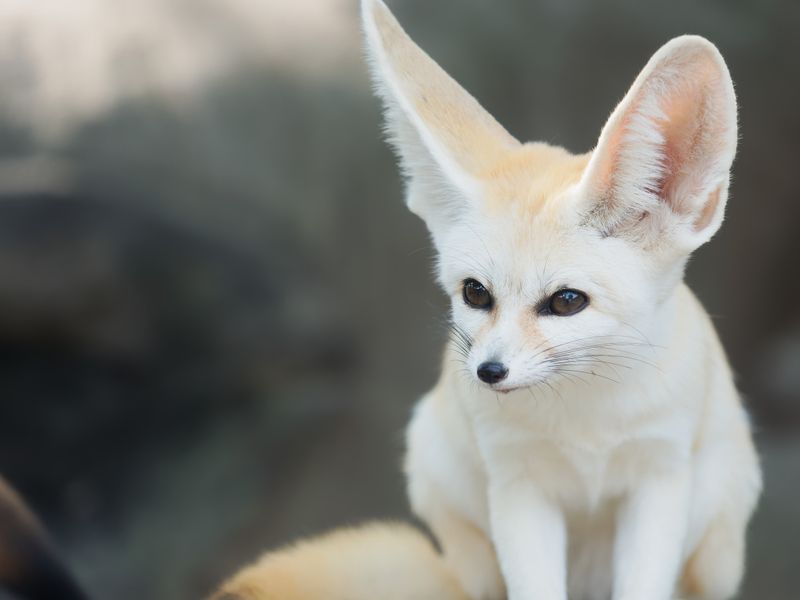
In the harsh desert environment, the Fennec Fox’s large ears are a striking feature that serves a significant purpose. These ears are not only for dissipating heat but are also finely tuned for detecting prey underground. The fox can hear insects and small rodents moving beneath the sand, an adaptation that is essential for survival in the desert’s sparse food landscape.
The Fennec Fox’s acute hearing enables it to locate and dig up hidden meals with precision and swiftness. Its ears also help in avoiding predators by detecting potential threats early.
Social structure within Fennec Fox families relies on their auditory communication. They use a range of vocalizations to express emotions and coordinate with fellow foxes. This dual-use of their hearing for both hunting and social interaction demonstrates the versatility and importance of this sensory adaptation.
6. Bat
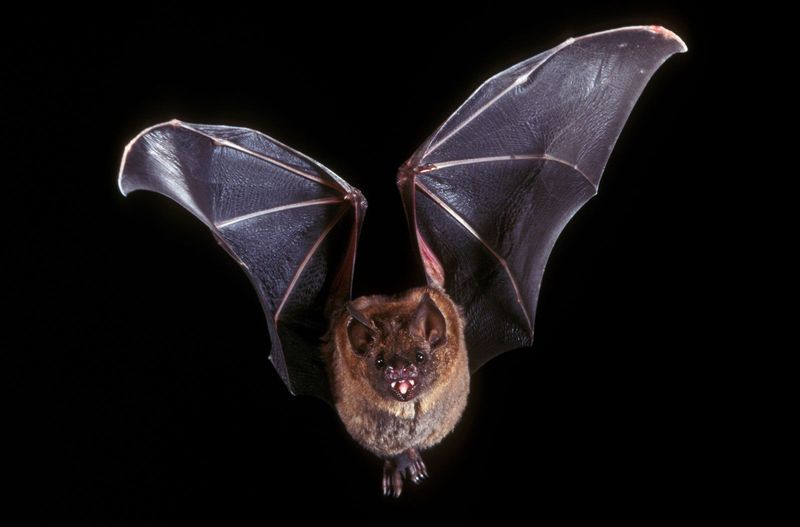
Bats are renowned for their echolocation abilities, a sophisticated use of hearing to navigate and hunt in the dark. They emit high-frequency sounds that bounce off objects, returning echoes that inform the bat of its surroundings. This allows them to locate and capture insects with remarkable precision, even in complete darkness.
Different species of bats have evolved varied echolocation abilities to suit their habitats and prey types. Some can detect the fluttering of moth wings, while others focus on larger prey.
Echolocation is not just for hunting. It also plays a role in social interactions and navigation within complex environments, such as dense forests or urban landscapes. The bat’s mastery of echolocation showcases one of nature’s most impressive auditory adaptations, allowing them to thrive across diverse environments.
7. Cat

Cats possess a refined sense of hearing, critical for both hunting and safety. Their ears can rotate independently, allowing them to pinpoint the slightest rustle or chirp. This ability is vital for stalking prey, such as birds and small mammals, ensuring they remain effective hunters even in urban settings.
The range of frequencies cats can hear extends from 48 Hz to 85 kHz, far beyond human capabilities. This sensitivity helps them detect the ultrasonic calls of rodents, making them formidable predators.
Beyond hunting, cats’ acute hearing is essential for their communication and social interactions. They can detect the nuances in other cats’ vocalizations, which aids in maintaining social hierarchies and relationships. This exceptional auditory capability is a key component of their adaptability and success both in the wild and as domestic companions.
8. Kangaroo Rat

Native to arid regions, this tiny creature is equipped with keen hearing that is crucial for survival. These nocturnal creatures rely on their auditory skills to detect predators, such as owls and snakes, often before they are visible. Their large ears are specially adapted to pick up faint sounds in the stillness of the desert night.
This acute sense of hearing allows the Kangaroo Rat to react swiftly to threats, making impressive leaps to evade capture. It also aids in locating seeds and other food sources, which are critical in their nutrient-poor habitat.
Beyond survival, their hearing supports social interactions within their communities. The rats communicate with each other through vocalizations and foot drumming, using sound to establish territory and find mates. This multi-faceted use of hearing exemplifies the Kangaroo Rat’s adaptation to its environment.
9. Dog

Dogs are celebrated for their remarkable hearing abilities, which are essential for communication and companionship. They detect sounds at frequencies between 40 Hz and 60 kHz, well above the human range, allowing them to hear high-pitched voices and subtle noises.
This sensitivity aids in alerting their owners to potential intruders or unusual occurrences, making them excellent guardians. It also enhances their training and responsiveness to commands, as they can discern subtle differences in human speech.
Dogs use their hearing to communicate with other dogs, interpreting barks and growls to understand intentions and emotions. This ability to process complex auditory information contributes to their status as loyal and intuitive companions. Their keen hearing is a testament to their role as both working animals and beloved pets, capable of forming deep bonds with humans.
10. Wolf

In the wild, wolves rely heavily on their hearing for hunting and communication within their pack. Their ability to hear up to six miles away in forested areas is crucial for maintaining contact with pack members, coordinating hunts, and establishing territory.
Wolves’ auditory range allows them to detect the movements of prey, such as deer and elk, even in dense forests. This capability ensures successful hunting, providing sustenance for the pack.
The social dynamics of a wolf pack are maintained through vocalizations, including howls, barks, and whines, each conveying different messages. Hearing plays a vital role in these interactions, reinforcing social bonds and hierarchy. The wolf’s remarkable hearing is a key factor in its status as a top predator, enabling survival and cohesion in challenging environments.
11. Mouse
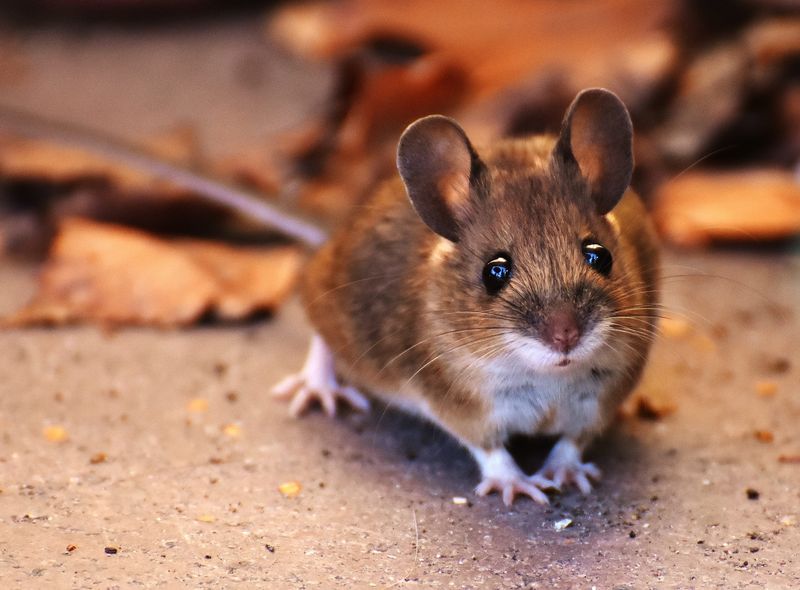
Mice possess a highly developed sense of hearing, critical for avoiding predators and communicating within their communities. Their ears can detect high-frequency sounds ranging from 1 kHz to 70 kHz, which aids in perceiving ultrasonic vocalizations.
This sensitivity is essential for detecting the presence of predators, such as owls and snakes, allowing for quick evasion. Mice use their hearing to constantly monitor their environment, ensuring they stay out of harm’s way.
Socially, mice rely on vocalizations to communicate with each other, particularly in mating rituals and establishing territory. These sounds are often beyond the range of human hearing but are integral to mice’s complex social structures. The mouse’s keen hearing is a vital adaptation for survival in a world full of potential threats.
12. Owl
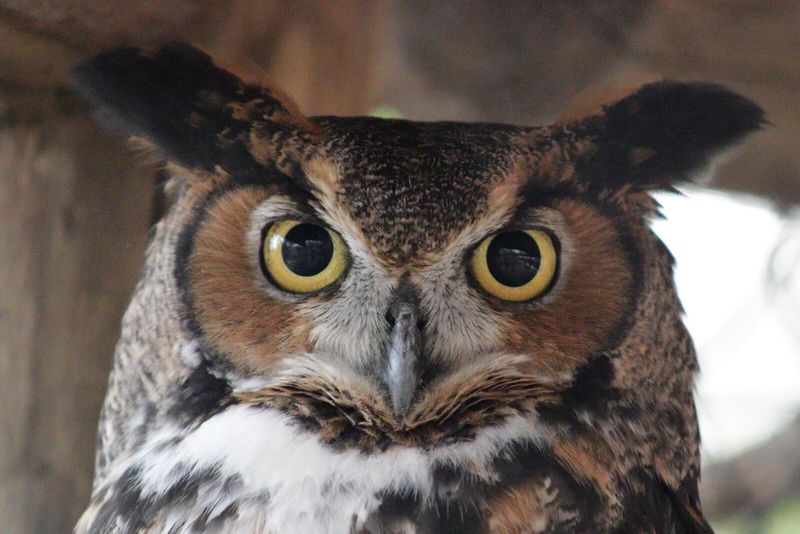
Their facial discs act as satellite dishes, capturing sound and directing it to their asymmetrically placed ears. This adaptation allows them to pinpoint the exact location of prey, even under snow or dense foliage.
The precision of their hearing is such that they can hunt in complete darkness, relying solely on auditory cues. This ability is supported by their silent flight, which prevents them from alerting prey as they approach.
Beyond hunting, owls use their hearing for communication during mating seasons and territorial disputes. Each species has distinct calls that serve as identifiers and convey various messages. The owl’s hearing prowess is a critical component of its survival and success as a nocturnal predator.

